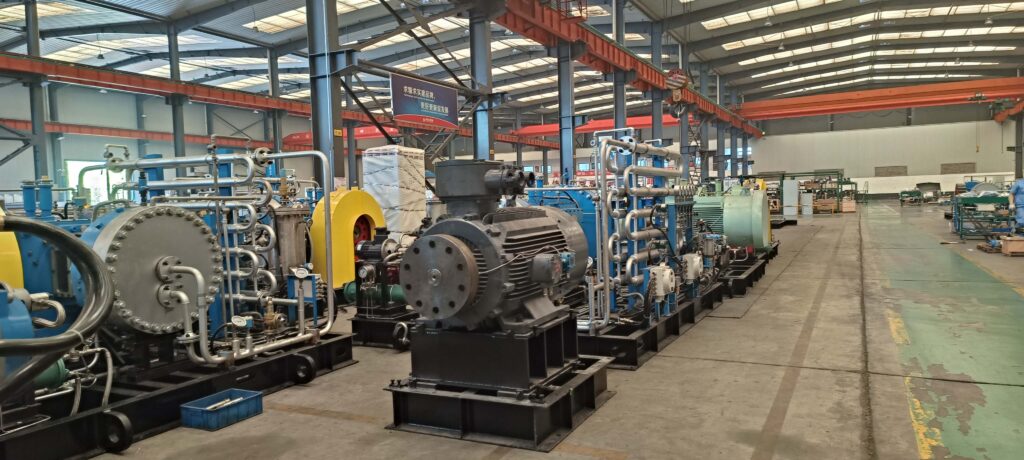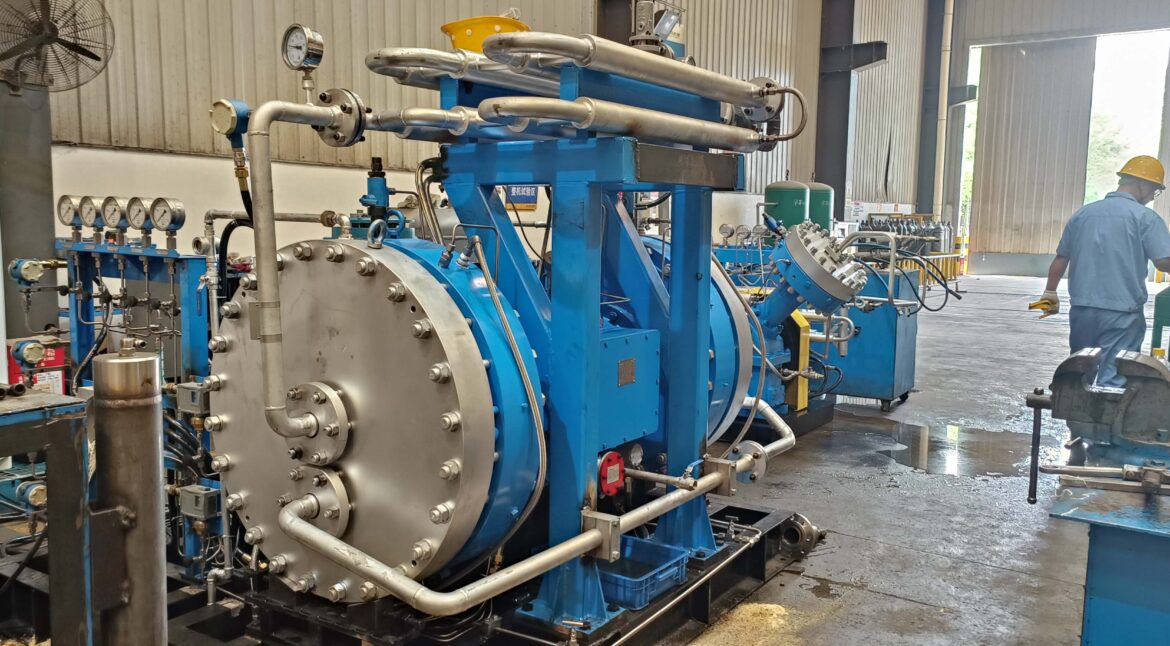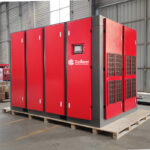Introduction:
The renewable energy industry is experiencing rapid growth and transformation as societies worldwide strive to reduce carbon emissions and mitigate the impacts of climate change. Within this industry, diaphragm compressors have emerged as a critical technology, playing a pivotal role in enabling the efficient and sustainable production, storage, and distribution of renewable energy. This article explores how diaphragm compressors contribute to the advancement of the renewable energy sector and their key applications in various areas.
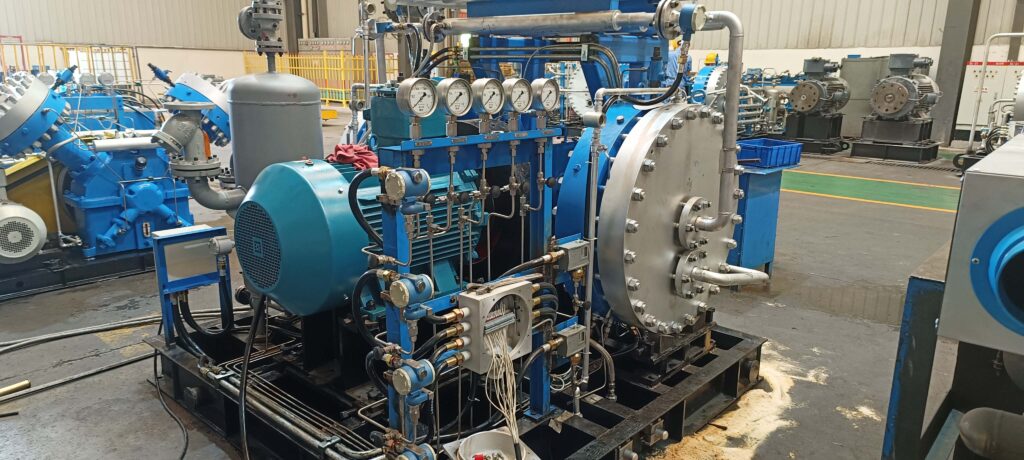
Hydrogen Compression:
Hydrogen is an essential component of many renewable energy systems, including fuel cells and hydrogen storage. Diaphragm compressors are utilized for compressing hydrogen gas to high pressures, enabling its efficient storage and transportation. By compressing hydrogen, diaphragm compressors facilitate the development of hydrogen fueling infrastructure, making it possible to utilize hydrogen as a clean energy carrier for various applications, such as powering vehicles and supporting industrial processes.
Biogas Upgrading:
Biogas, a renewable energy source derived from organic waste, requires purification before it can be used as a fuel. Diaphragm compressors are employed in biogas upgrading systems to compress and remove impurities, such as carbon dioxide and moisture. This process results in the production of biomethane, a renewable natural gas with a higher energy content. Diaphragm compressors play a crucial role in the production of clean and pipeline-grade biogas, supporting the expansion of biogas utilization for power generation, heating, and transportation.
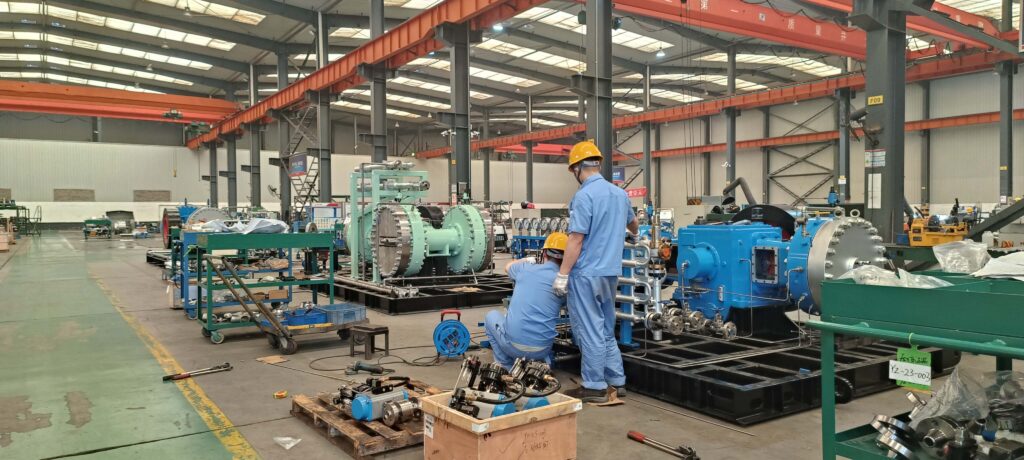
Compressed Air Energy Storage (CAES):
Renewable energy sources such as wind and solar are intermittent in nature, and their energy production may not always align with demand. Compressed Air Energy Storage (CAES) is a technology that addresses this challenge by storing excess energy in the form of compressed air, which can be later used to generate electricity. Diaphragm compressors are key components of CAES systems, as they compress ambient air and store it in underground caverns or high-pressure vessels. When electricity demand is high, the compressed air is released, driving turbines to generate electricity. Diaphragm compressors enable efficient energy storage and release, contributing to the stability and reliability of renewable energy grids.
Carbon Capture and Storage (CCS):
To combat greenhouse gas emissions, Carbon Capture and Storage (CCS) technologies are employed to capture carbon dioxide (CO2) emissions from industrial processes and power plants. Diaphragm compressors are essential in CCS systems as they compress the captured CO2 for transportation and subsequent storage in underground geological formations. By enabling the safe and efficient compression of CO2, diaphragm compressors support the widespread implementation of CCS, helping to reduce carbon emissions from fossil fuel-based industries and facilitate the transition to a low-carbon economy.

Conclusion:
Diaphragm compressors play a vital role in driving the development and growth of the renewable energy industry. By facilitating hydrogen compression, biogas upgrading, compressed air energy storage, and carbon capture and storage, these versatile compressors contribute to the efficiency, reliability, and overall success of renewable energy technologies. As the world continues its transition towards a clean energy future, the continued advancement and utilization of diaphragm compressors will be crucial in ensuring the continued progress and expansion of the renewable energy industry.
Sollant Focus on Energy Saving
